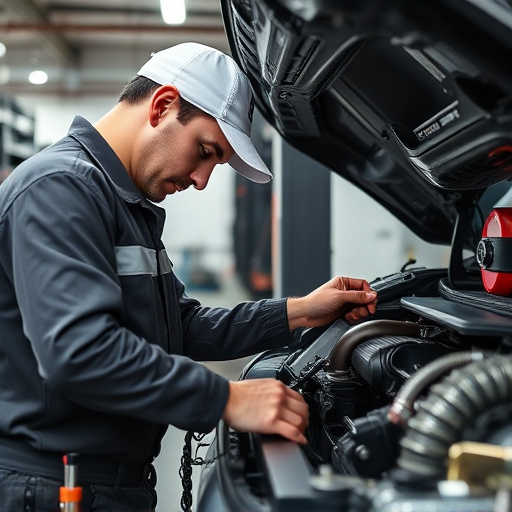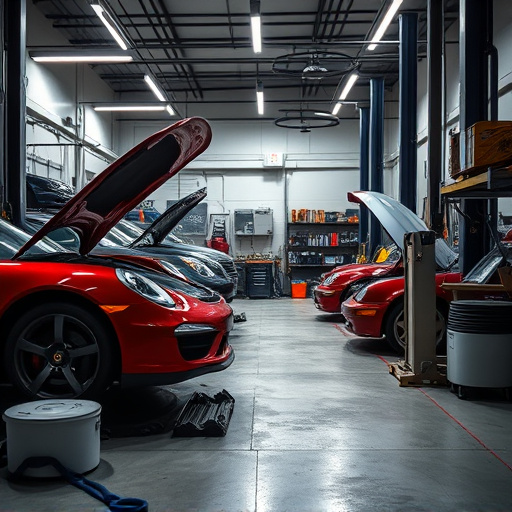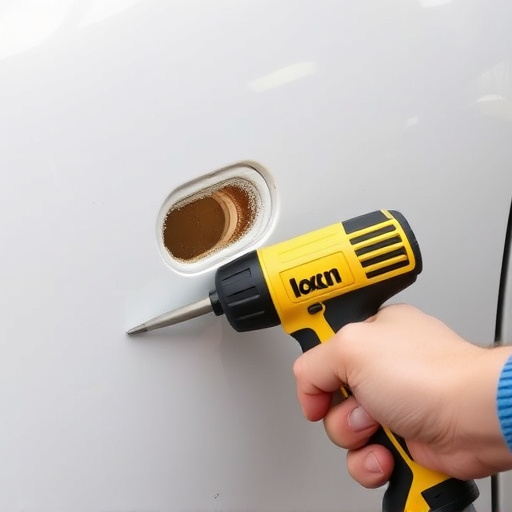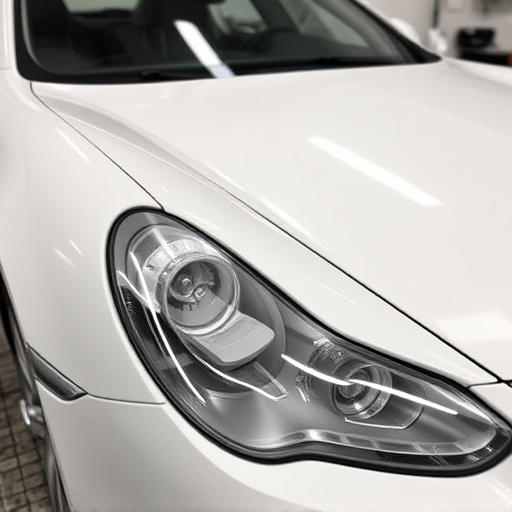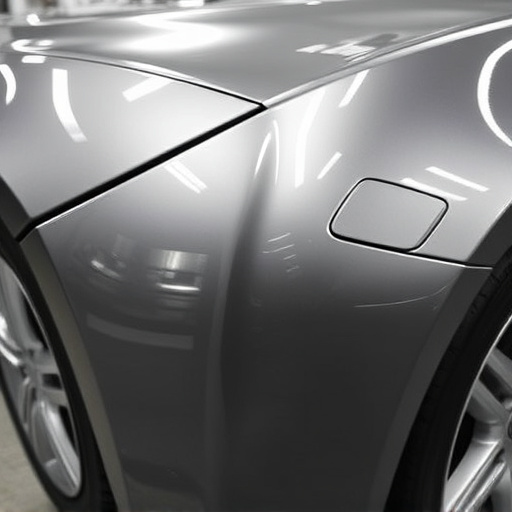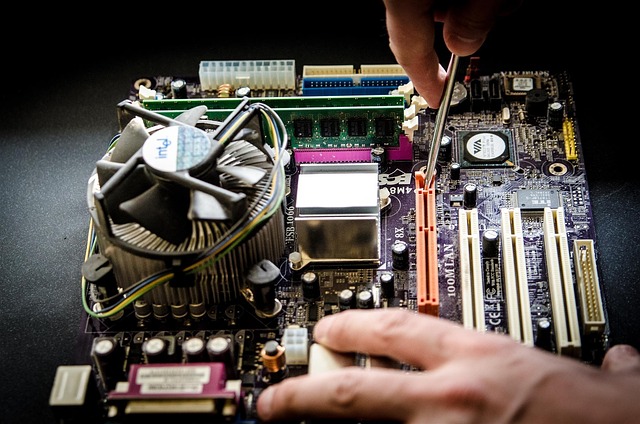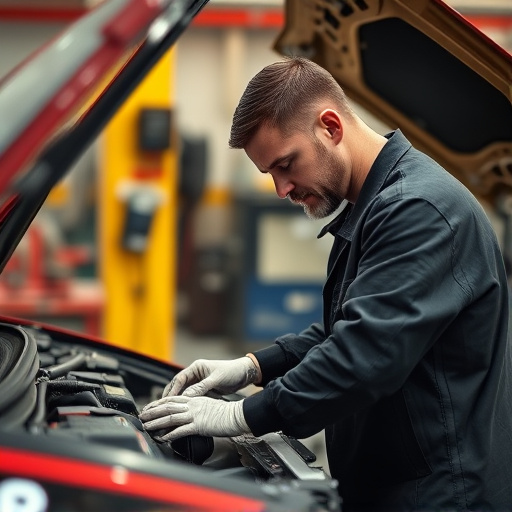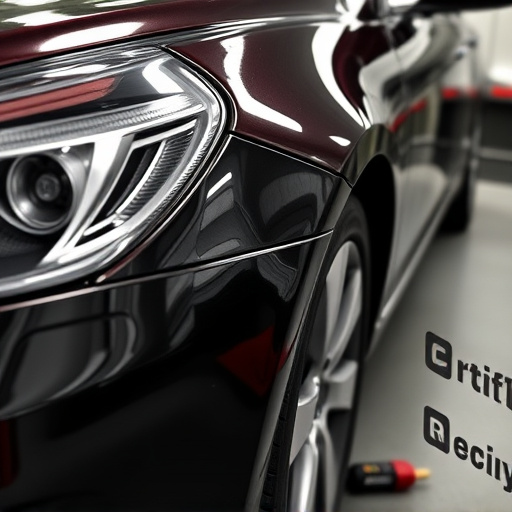Tesla major structural repair focuses on restoring critical vehicle components after significant damage, using advanced tools and precise techniques to ensure stability, performance, and safety. Common causes include accidents, environmental factors, and proactive maintenance. A step-by-step guide emphasizes safety, from damage assessment to final inspection, ensuring expert repairs meeting Tesla standards.
Dive into the world of Tesla major structural repair and discover the essential knowledge for every car owner. This comprehensive guide explores the fundamentals, uncovering the key aspects you need to understand. From identifying common causes of major damage in Teslas to mastering step-by-step repair procedures, this article is your go-to resource. Learn how to navigate the process effectively, ensuring your Tesla’s structural integrity and safety.
- Unpacking Tesla Major Structural Repair Essentials
- Common Causes of Major Structural Damage in Teslas
- The Step-by-Step Guide to Tesla Major Repairs
Unpacking Tesla Major Structural Repair Essentials
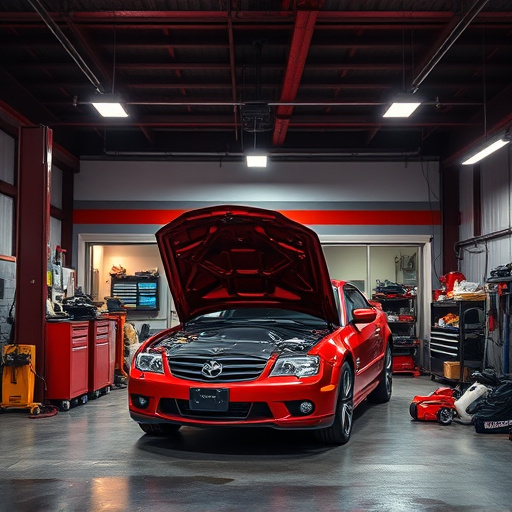
Tesla Major Structural Repair is a specialized field that involves the restoration and reinforcement of a vehicle’s critical structural components after significant damage. Understanding this process is essential for both car owners and auto repair professionals alike, especially when dealing with modern electric vehicles like Teslas. These cars, known for their advanced technology and sleek design, require meticulous care during repairs to maintain their integrity and safety features.
The essentials of Tesla major structural repair encompass several key areas: from assessing the extent of damage using advanced diagnostic tools to accurately replacing or reinforcing components such as frames, chassis, and body panels. Unlike conventional auto body repair, which often involves straightforward cosmetic fixes, Tesla structural repairs demand precision engineering to ensure the vehicle’s overall stability and performance. Additionally, services like tire replacements and car paint jobs, while important for aesthetics, play a secondary role in addressing major structural concerns.
Common Causes of Major Structural Damage in Teslas
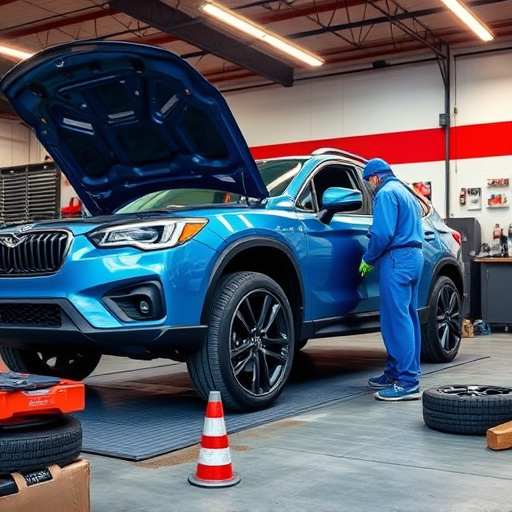
In the case of Tesla major structural repair, understanding common causes of damage is paramount. One of the primary issues involves accidents, both minor and severe, that can lead to significant impact on a Tesla’s frame and components. Crashes often result in misaligned panels, bent frames, and damaged body structures, necessitating expert intervention for proper Tesla major structural repair.
Additionally, environmental factors play a crucial role. Extreme weather conditions, such as hailstorms or exposure to harsh chemicals, can cause noticeable dents and scratches on the vehicle’s exterior. While minor scratches can often be addressed through scratch repair or paintless dent repair techniques, more extensive damage may require auto glass replacement. Proactive maintenance and quick response to even the smallest issues can significantly prevent escalation towards major structural repairs for Tesla owners.
The Step-by-Step Guide to Tesla Major Repairs
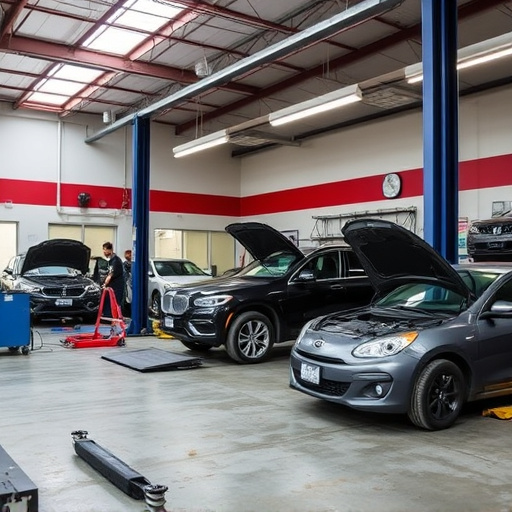
When tackling a Tesla major structural repair, whether it’s from a severe accident or damage, understanding the process is key. Here’s a breakdown into manageable steps to ensure a safe and effective fix:
1. Assess the Damage: Begin by thoroughly inspecting the vehicle. Identify the extent of the structural damage, focusing on frames, chassis, and body panels. This step involves using diagnostic tools to check for any sensor malfunctions or hidden damage that might require attention. Remember, even seemingly minor dents or dings can compromise the car’s integrity if left unaddressed.
2. Safety First: Before proceeding with repairs, prioritize safety by securing the vehicle properly. Jack up the Tesla and support it using sturdy stands to prevent further movement or shifting. Protect yourself and others by donning appropriate personal protective equipment (PPE), such as gloves, safety glasses, and a respirator mask, especially when handling metal or working in confined spaces.
3. Remove Affected Components: Depending on the severity, this might involve partial disassembly to gain access to damaged areas. Carefully remove panels, trim, and components that hinder repair work while ensuring proper documentation and organization of these parts for later reuse or recycling through reliable auto salvage services like those specializing in Mercedes Benz repair.
4. Realize Structural Integrity: Major structural repairs demand precision. Use specialized tools and techniques to realign the frame and ensure the vehicle’s structural integrity. This could include robotic welding, hydraulic pressing, or computer-aided measurements to restore the car’s original dimensions accurately, mimicking the meticulous craftsmanship of Mercedes Benz repair experts.
5. Replace as Necessary: Identify and replace any damaged or compromised parts, be it a bent panel, broken sensor, or faulty component. Ensure that all replacement parts meet Tesla’s specifications for optimal performance and safety. This step might require sourcing parts from trusted auto repair services known for their quality and authenticity, especially when dealing with rare or specialized components.
6. Test and Reassemble: After repairs, conduct thorough testing to ensure the vehicle functions correctly. This includes checking all systems, sensors, and mechanical components. Once satisfied, carefully reassemble the Tesla, securing all panels and connections properly.
7. Final Inspection: Before considering the job complete, perform a comprehensive inspection. Verify that all repairs align with industry standards and Tesla’s recommended practices. Address any lingering issues or discrepancies to ensure the vehicle is safe for the road and performs optimally.
Tesla major structural repair is a complex yet essential process that requires a deep understanding of the vehicle’s design and advanced techniques. By familiarizing yourself with the fundamentals, identifying common causes of damage, and following a structured guide, you can effectively navigate these repairs, ensuring your Tesla remains in optimal condition. Remember, proper structural integrity is key to a safe and reliable driving experience.


